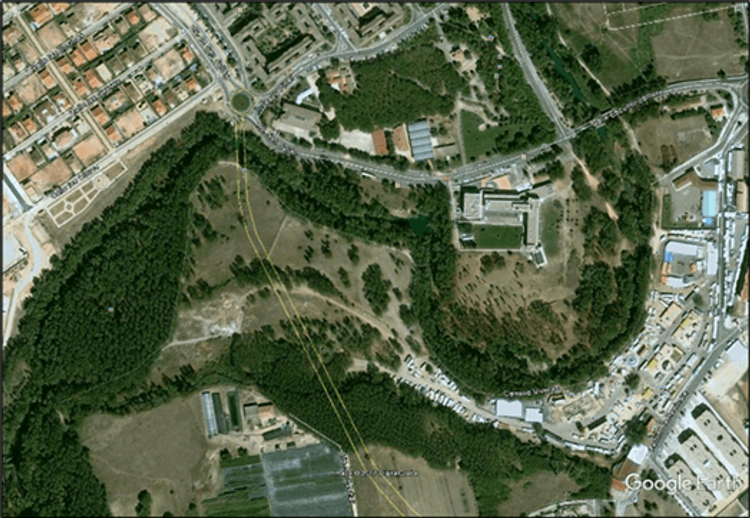Reducing flood risk and improving the ecological status of the Júcar and Moscas rivers
Contributed by: Nuria Rodríguez Murillo, Confederación Hidrográfica del Júcar, Red Mediterránea de Organismos de Cuenca

Contributed by: Nuria Rodríguez Murillo, Confederación Hidrográfica del Júcar, Red Mediterránea de Organismos de Cuenca
